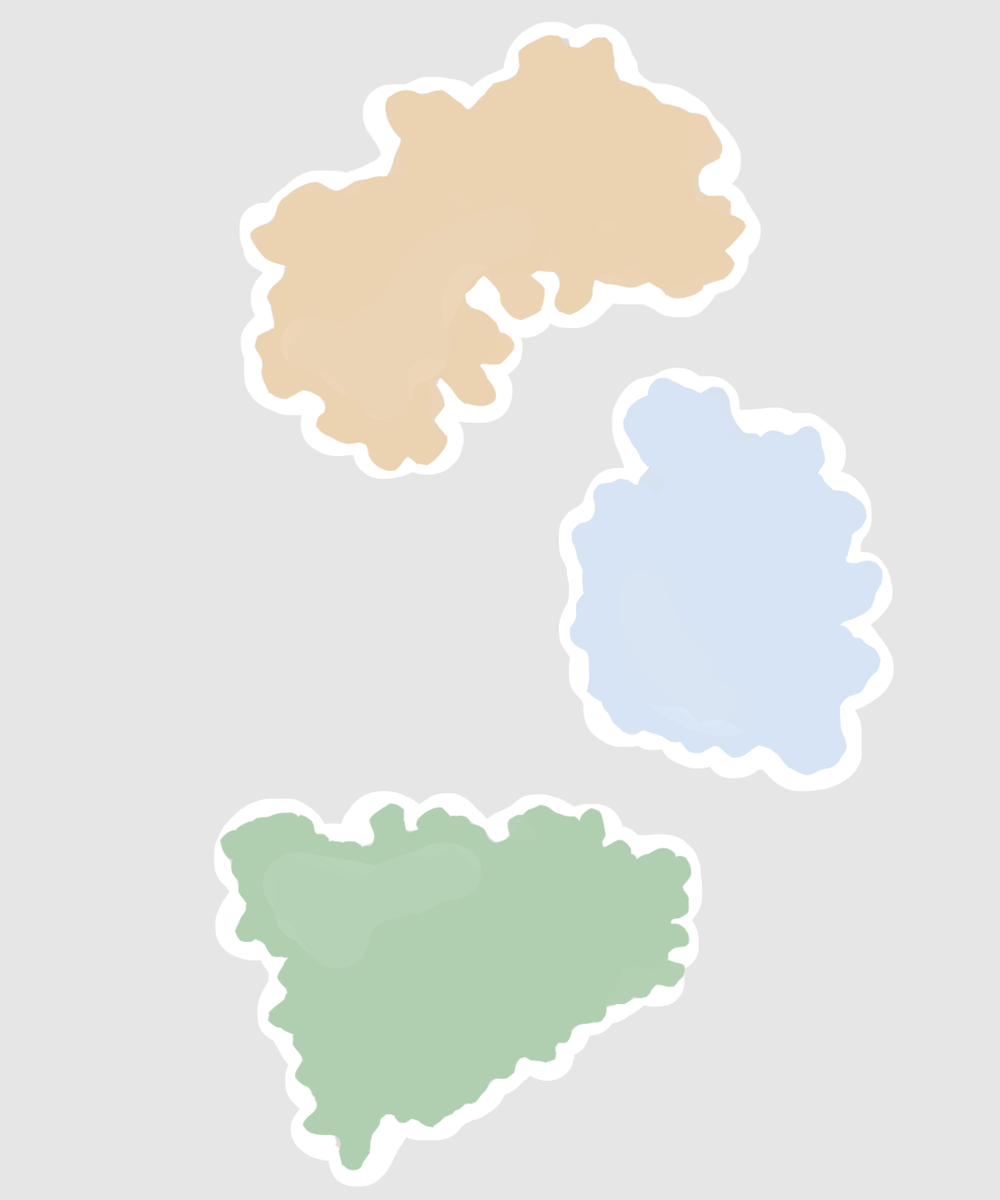Leishmaniasis is a detrimental disease causing significant decrease in quality of life or even death. The disease is caused by the pathogen Leishmania spreaded by sandfly vectors with vertebrates (including humans) being the primary hosts. The pathogen penetrates host cells and secretes proteins (termed effector proteins/secreted virulence factors) to repurpose it for pathogen growth and to rewire cell signaling by forming host-pathogen Protein-Protein Interactions (PPIs).
The LeishMANIAdb contains experimental, computational and annotated information about proteins from Leishmania species. Currently the database focuses on five different species (L. braziliensis, L. donovani, L. infantum, L. major, L. mexicana). Although LeishMANIAdb contains all proteins in the aforementioned species, the main focus of the database is to investigate virulence factors - therefore there is an emphasis on information that supports such investigations. The database holds datasets about secreted proteins, proteins with different abundance levels upon infections and more. We annotated hundreds of proteins with localization or interaction information. For each protein we predicted transmembrane regions, intrinsically disordered segments, domain information and subcellular localization too. We also scanned the proteomes of different Leishmania species for short linear motifs that may facilitate the infection. All this information is presented in context: close homologs can be easily compared, and prediction information is displayed in a way so the users can quickly judge the presented information.



